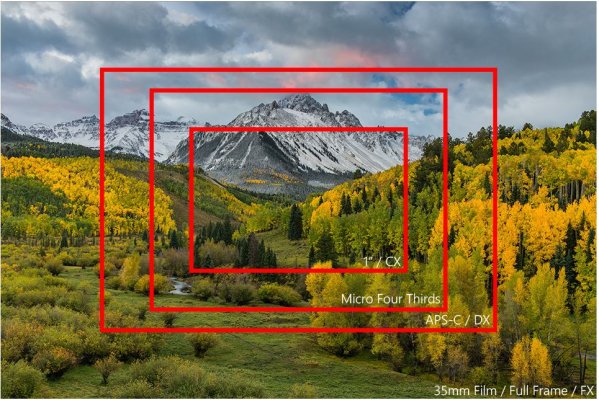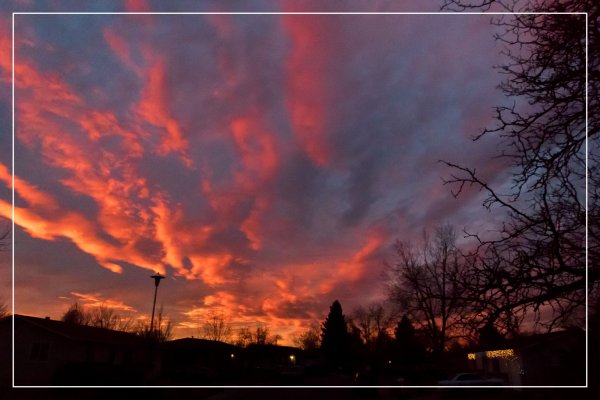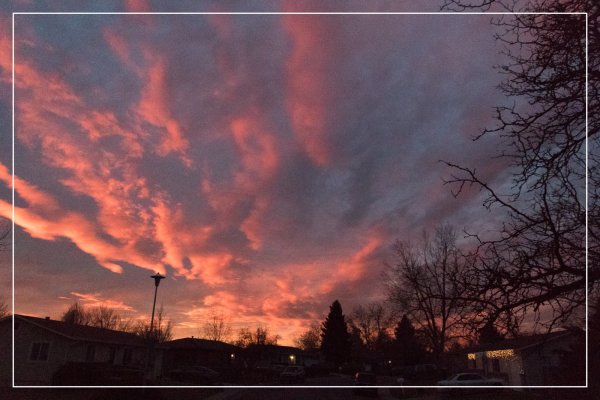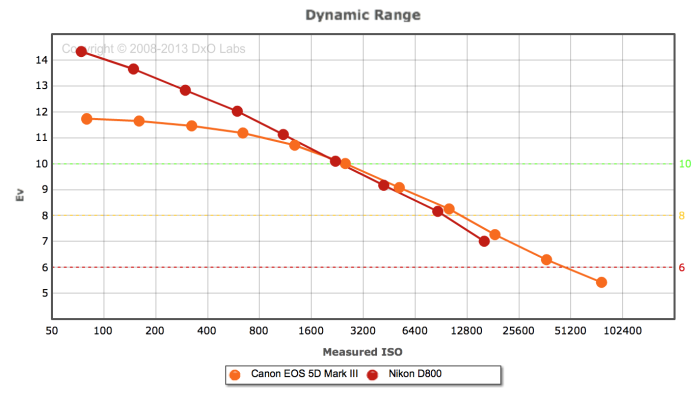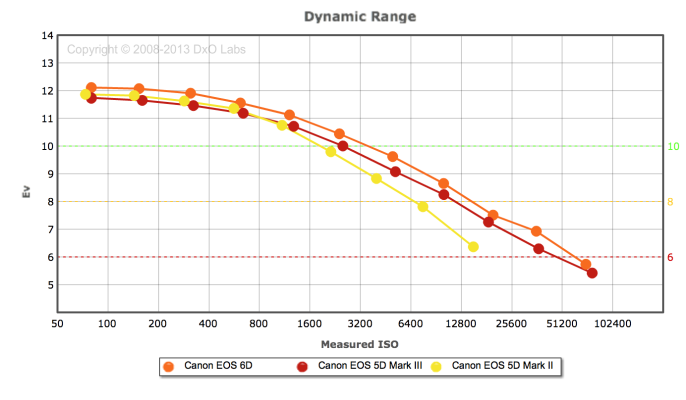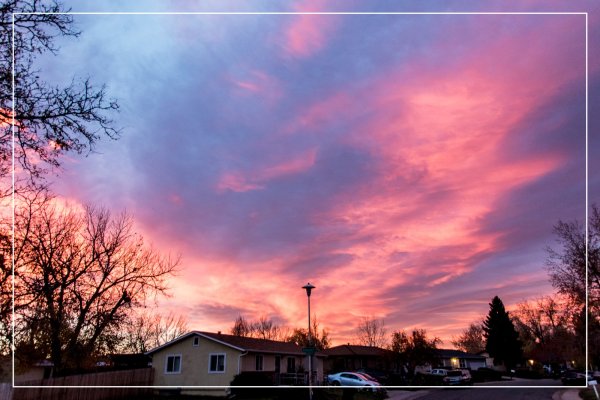If you are happy with your lenses and Canon in general, I suggest staying with Canon as it will be a lot cheaper. Also, you know the Canon way of operating a camera.
This is exactly the advice I give to others (to stick with your system) because I feel people too often focus on the camera and not their composition/lighting/creativity etc. I think one should be actively discouraged from switching because it's usually a distraction and the costs can be high. I have switched once before from Nikon D200 to Canon 5D to get the full frame when Nikon was lagging.
I say this as a person who had a traditional DSLR and lenses for it. But, I changed to the Olympus system because of its lighter weight and smaller size. IOW, I was no longer happy with my big heavy lenses attached to a big heavy body. Having f/2.8 and f/1.7 lenses that fit in the palm of my hand is very nice.

Sony A7 offers the possibility of a much lighter kit which would be welcome.
D810 though isn't a high ISO camera.
As for the Sonys, they have the same sensor as the Nikons but they don't output in 14-bit? That was supposedly the case with the first generation of A7s.
Yeah the sony uses some lossy 11 bit RAW files that can exhibit compression artifacts. I don't think it's much of a practical issue unless you do astrophotography/star trails (from the examples I've seen). But I do need to double check on this some more.
A few weeks ago, I purchased a 7D Mark II to replace my 7D (well, making it the 2nd camera). Yeah, I know it's a APS-C camera but I have just not been that sold on the advantage of 35mm sized sensors.
Anyway, you should really look at this camera (the 7D Mk II) before making a final decision. At least, all of your current Lenses would be compatible. I have a friend with a 1DX that, after looking at mine, is considering switching back to APS-C.
The 7D gets very good reviews but it doesn't really have what I'm looking for (better DR/lower shadow noise at low ISO). My understanding is that the new 7D is more sports/action oriented and I don't do much of that (my action is limited to street scenes or perhaps people dancing). The AF on the 5d ii is pretty crappy but I've managed to live with that. Plus I can't go back to crop after years of full frame.
I've been really happy with the low noise performance of my Canon EOS6D full frame camera body. Shot quite a bit at ISO 4000 and even 8000 when in Europe (building interiors, flash not allowed) and was happy with the results. Not saying there is no noise in the shadows, but after processing it's not noticeable and the image looks great.
I'll never switch vendors either due to our lens investment.
Canon 6D is a very good camera and if my 5d had broken a few months ago, I probably would have gotten it as a replacement (integrated GPS is also nice). I don't shoot much though at ISO's above 1600 and most of my pictures are at 200 or lower. Maybe about 1/2 of my shooting on a tripod.
Building interiors are definitely challenging and better performance at high ISO is helpful. Usually I some combinations of raising ISO, taking a series of shots with VR and selecting the best one, and/or using some kind of makeshift support (resting camera on a bag, gorilla pod, etc)
I really started thinking about a new camera after processing a bunch of images recently at low ISO but where the shadows needed to be lifted. Here the sony/nikon sensors really excel although I think canon may catch-up and surpass them at the higher ISOs.
I have about 5 lenses but my most used would be 24-105L, 24 TS, 70-300L. Of these I think the 24 TS doesn't have a really good equivalent in Nikon (or sony but at least I could use an adapter). Thank god for my wallet I never got into wildlife photography.
I've sold a lot of my old cameras/lenses on ebay. Usually I find the popular/pro lenses go for close to a new price at B&H (i've actually sold some for more than I paid) although other less in-demand lenses could go for as little as 50%.
Probably depends on the type of photography one does.
Landscapes, architecture and other static subjects, full frame for ultimate image quality. Also low-light performance.
Sports, birds, crop sensors for crop factor. Also lighter and smaller gear.
Maybe in 5-10 years or more, Nikon and Canon will be fully in the mirrorless game, including full frame.
I'd say about 1/2 of my photos fall into your first bucket (static), the other 1/2 are street scenes/people etc where AF is definitely helpful but the requirements are much lower than a sports DSLR.

